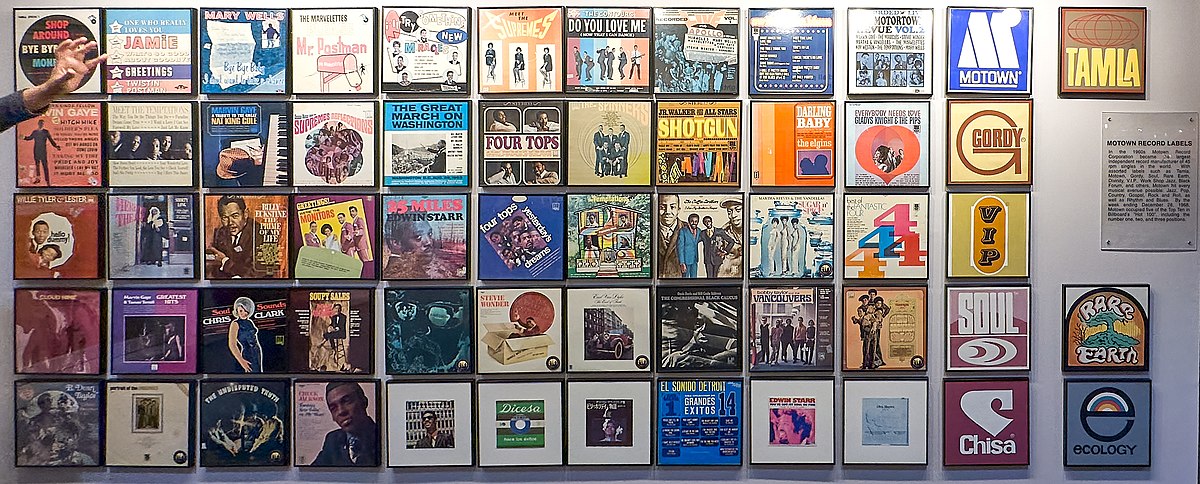In thinking about the top 5 greatest Motown albums, there are just so many to pick from. One has such an amazing range of albums by such an amazing range of talent over such a long time, that it seems almost an impossible task – a Berry Gordian Knot, you might say.
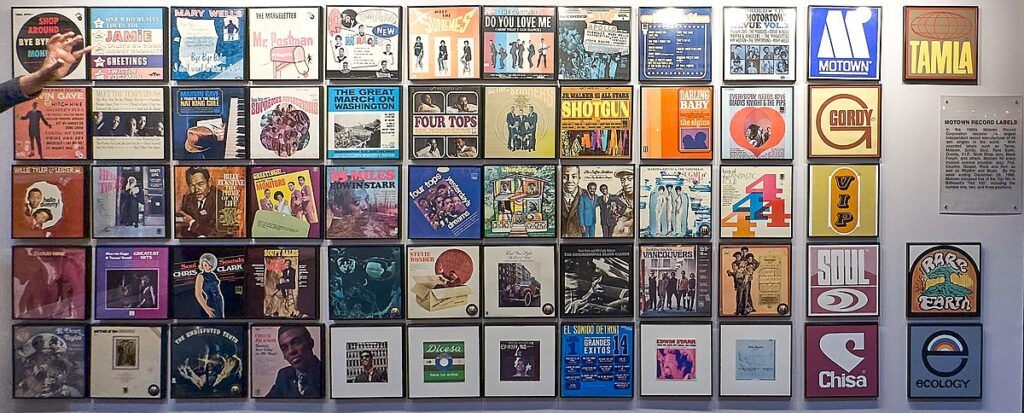
Fear not, though, for if subjectivity is the name of the game, well so too is, “Heck, let’s pick another five,” so watch this space for more Top 5 Greatest Motown Albums posts 😉
But what are the first five on this list?
I have chosen five albums that don’t merely stand as testaments of the era but as monumental achievements of artistry. From the revolutionary tones of Marvin Gaye’s What’s Going On to the jubilant spirit captured in Stevie Wonder’s Songs in the Key of Life, each album encapsulates a facet of Motown’s soul.
I also offer Where Did Our Love Go by The Supremes, brimming with harmonious declarations of not only love but heartache too. There is Jr. Walker And The All Stars’ Shotgun, which exudes the raw energy of instrumental prowess. Finally, The Temptations’ Sky’s the Limit crowns the collection with its soaring vocals and profound emotional depth.
These records not only scaled the charts but also left an indelible mark on the hearts of listeners and shaped the framework of contemporary music. In the following sections, I will unravel the stories behind these musical marvels, highlighting the writers, performers, and the unique essence that each album brings to the grand Motown narrative.
What’s Going On – Marvin Gaye
Many hold What’s Going On by Marvin Gaye as a masterpiece that transcends mere music. There is no doubt in my mind that it is a cultural milestone. Released in 1971, it was, at the time, a brave departure from the love-and-party anthems prevalent at Motown. Gaye co-wrote much of the album and worked with a rich ensemble, including bassist James Jamerson with the Detroit Symphony Orchestra, bringing depth to its sound.
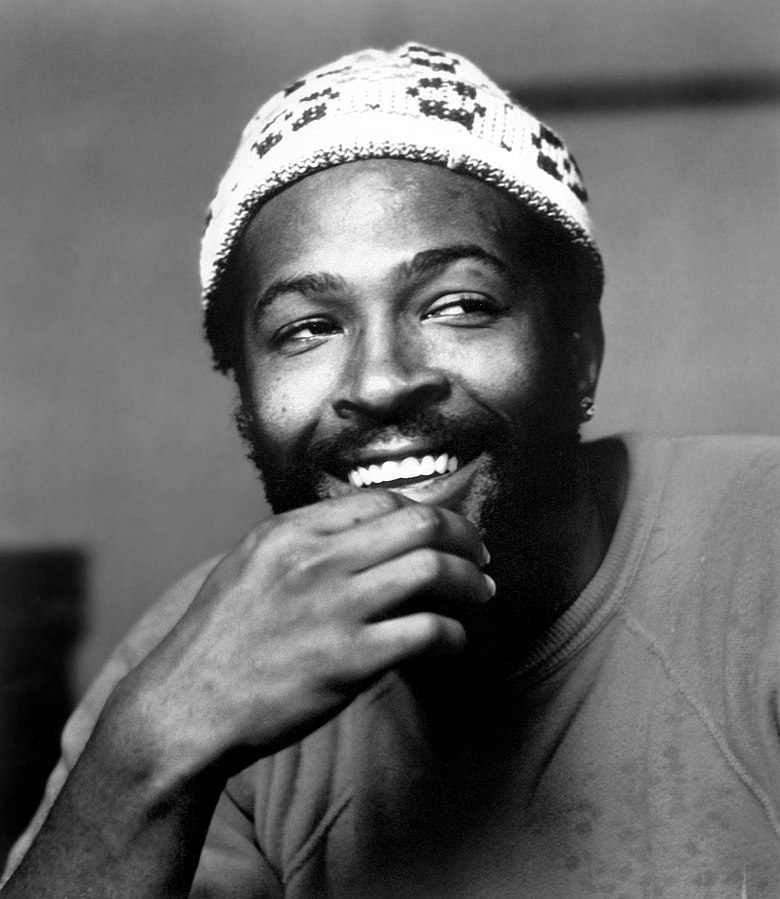
The album touches on intense themes, resonating with the social and political upheaval of the era: war, poverty, drug abuse, and environmental issues. Gaye’s velvety voice weaved these grave topics into a tapestry that has withstood the test of time, inviting listeners to reflect on the world around them.
Commercially, What’s Going On was a triumph. It climbed to number six on the Billboard 200, reflecting the immense connection it had forged with the people. Tracks like the pleading Mercy Mercy Me (The Ecology) and the haunting Inner City Blues (Make Me Wanna Holler) quickly became anthems and remain evocative of their time.
Its legacy is more than just chart performance and sales. What’s Going On is part of the DNA of music; it always ranks high on lists of the greatest albums of all time. Within the Motown catalogue, it stands tall. This was not only because of its quality. What’s Going On not only challenged but greatly expanded the scope of what soul music could represent.
Songs In the Key of Life – Stevie Wonder
As far as true musical masterpieces go, of any genre, Songs in the Key of Life by Stevie Wonder must be a contender. Not just a collection of tracks; it’s a bold, multi-genre odyssey that brings listeners through a landscape of emotion and sound that only Stevie Wonder could create.
Released in 1976, as a double album, Songs in the Key of Life pushed boundaries and showcased Stevie Wonder as much more than merely a gifted vocalist. He was an innovative multi-instrumentalist and composer. His ability to blend jazz, funk, pop, and soul into a seamless tapestry set a new bar for what an album could be.
The jubilant tribute to Duke Ellington that is Sir Duke captures Wonder’s infectious energy. It is Stevie’s attempt to celebrate someone he saw as a true musical pioneer. Equally as impactful, Isn’t She Lovely is an expression of pure joy in celebrating the birth of his daughter. Both are timeless classics.
The album made an indelible mark by topping the Billboard 200 and earning Album of the Year at the Grammy Awards. Beyond commercial success, it’s cherished for its innovative production and lush arrangements.
The influence and longevity of Songs in the Key of Life extend far beyond its initial release. Sampled by dozens of artists, it is high on many peoples’ list of the greatest albums of all time. This album didn’t just place Stevie Wonder at the epicentre of Motown history; it elevated the entire genre, inspiring artists to dream bigger and reach further musically.
Where Did Our Love Go by The Supremes
The Supremes’ album, Where Did Our Love Go, released in 1964, is a quintessential Motown masterpiece. It played a pivotal role in shaping the landscape of popular music during the 1960s. The major feature of the album is the vocal work of the iconic trio of Diana Ross, Mary Wilson, and Florence Ballard, set against the backdrop of the Motown sound.
The title track, Where Did Our Love Go, became an instant classic and a chart-topping hit which set the tone for the entire album. It also began a run of five consecutive number ones on the Billboard Hot 100. But, back to the album, which, with its catchy melodies, soulful delivery, and the distinctive production style of the Motown label, further solidified The Supremes’ status as Motown’s premier girl group.
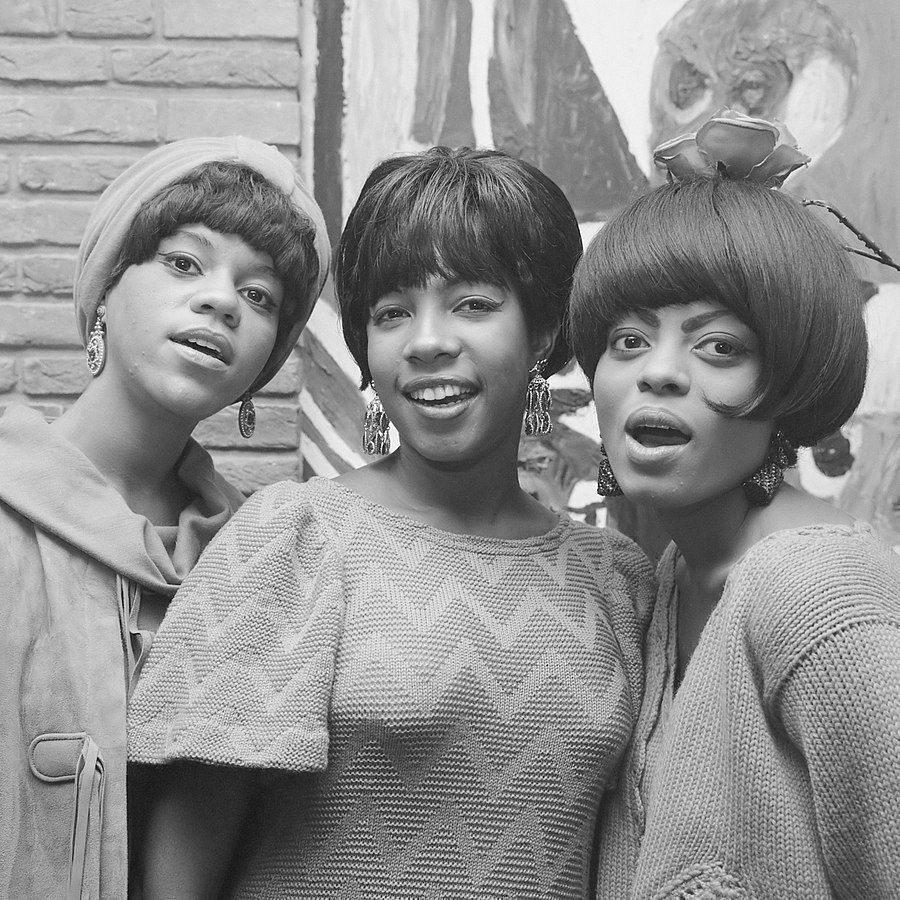
Culturally, Where Did Our Love Go marked a significant moment in the integration of African American artists into mainstream popular music, breaking racial barriers and reaching diverse audiences. The Supremes’ success contributed to the Motown label’s rise as a powerhouse in the music industry, making it a symbol of the ‘Sound of Young America.’
The album had an impact that extended way beyond its initial release. It has had a great influence on subsequent generations of artists. It was, as Berry Gordy may well have wished it to be, a blueprint for the development of R&B and pop music.
The next album that shaped the contours of Motown’s legacy, delivered unmissable rhythms and defined an era of soul music was:
Jr. Walker And The All Stars’ Shotgun
Beginning with the instrumental Cleo’s Mood, which has a distinct Booker T. and the M.G.’s vibe, Shotgun by Jr. Walker And the All Stars is a great Motown offering. Whilst it has standout tracks, such as the title track, Shotgun, the whole is greater than the sum of the parts.
Beyond this title track, with its blaring sax lines and driving backbeat, it’s a song that demands to be played loud, there are some great tracks. Songs like Do the Boomerang and Shake and Fingerpop are also full of the band’s electric energy. These tracks didn’t just perform well; they topped the R&B charts and broke into the top 20 on the Billboard Hot 100, cementing the album’s success.
When we talk of Jr. Walker And the All Stars, we are referring to a band formed in the mid-’60s by one Autry DeWalt Mixon Jr., better known as Junior Walker. Their sound was anchored by his electrifying saxophone and emphatic vocals. It is an ensemble that truly captures the funky edge of Motown.
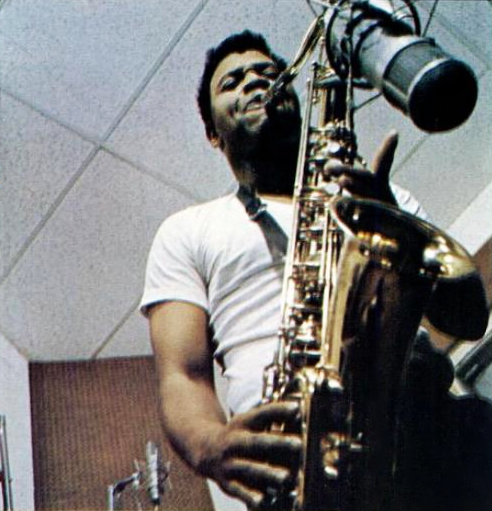
Whilst Jr. Walker And The All Stars may not be as universally acclaimed as some of their Motown contemporaries, they hold their own with this explosion of rhythm and blues mixed with soul. The musicianship on this album exemplifies Motown’s less polished, grittier side. Each song is a fine example of the mesmerizing interplay between Walker’s saxophone and the band’s tight rhythm section.
In the Motown catalogue, Shotgun (the album) serves as a testament to the label’s diversity. While it might not have the finesse of some of the smoother soul releases, it stands out for its raw power and the way it makes listeners move. It’s an album that’s equally at home at a dance party or blaring from a jukebox in a smoky dive bar.
And what is the legacy of Shotgun? For one, it exemplifies the label’s willingness to embrace different sounds within the soul genre. It’s a reminder that Motown’s reach extended beyond crooning vocal groups and polished pop tunes. It’s a slice of musical history that deserves to be remembered and celebrated.
Sky’s the Limit – The Temptations
Sky’s the Limit is one of the seminal Motown albums. Released by The Temptations in 1971, it encapsulates the quintet’s vocal excellence and their ability to seamlessly blend soul, R&B, and pop elements. Line-up changes meant that the album marked a departure from their earlier, more straightforward Motown sound, incorporating funkier rhythms and socially conscious lyrics – psychedelic soul.
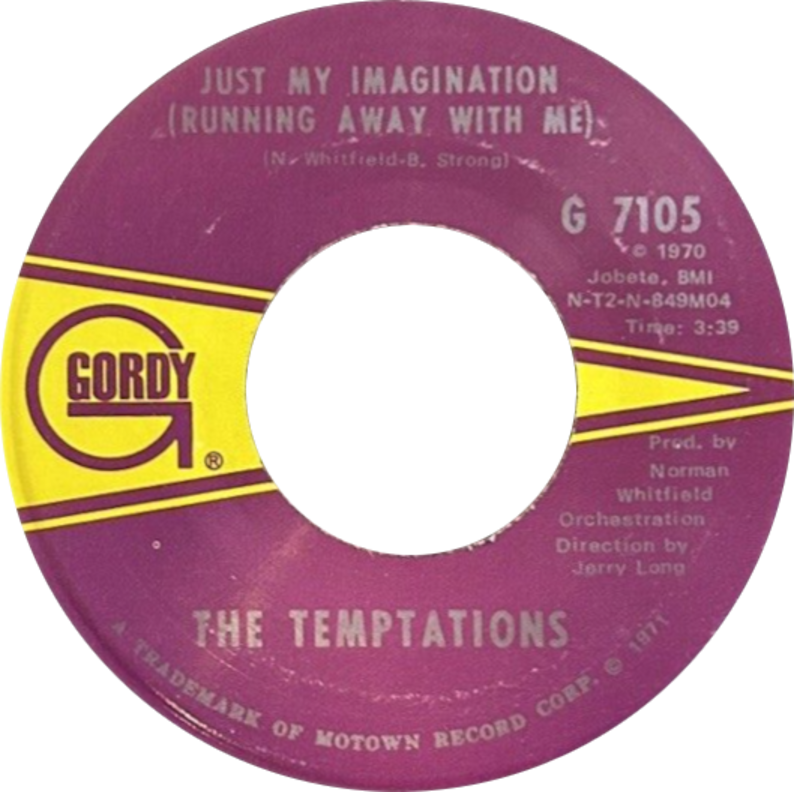
Tracks like the title track and Just My Imagination (Running Away with Me) exemplify the group’s ability to convey deep emotions through their harmonious vocals. One of the two singles released from the album, Just My Imagination became a massive hit, reaching the top of the charts and solidifying The Temptations’ status as one of Motown’s premier acts.
That the Sky’s the Limit has had a profound influence on subsequent generations of musicians is not a matter for debate; it is rightly thought of as a significant contribution to the Motown legacy.
The times were a-changin’ in the early seventies and The Temptations reflected this as they tackled more mature and introspective themes in their lyrics. Their transition from the classic Motown sound to a more contemporary one showed their adaptability.
The Timeless Resonance of Motown’s Masterpieces
Concluding this journey through Motown’s storied past, I’d like to reflect on the sheer talent and vision that gave birth to these five albums. Music is a language that transcends time, and these records are its most eloquent speakers. Each one displayed a unique facet of the Motown sound, characterized by unforgettable melodies, compelling narratives, and the drive to push cultural boundaries.
Marvin Gaye, Stevie Wonder, The Supremes, Jr. Walker And the All Stars, and The Temptations are more than just names on album covers; they are the architects of a musical revolution. The albums they created are testaments to their indelible mark on music and society. From the raw, emotive anthems of rebellion and reform in What’s Going On to the poetic symphony of life’s nuances in Songs in the Key of Life, each album offers a profound experience.
These albums didn’t just climb the charts and win accolades; they changed the blueprint of music creation and performance. They allowed artists to channel personal struggles and triumphs into their work, which in turn resonated with millions. I hope that my review not only reignites respect for these timeless albums but also inspires music enthusiasts to explore the wealth of narrative and emotion contained within them.
The impact of these works on modern music is undeniable. Contemporary artists still draw inspiration from the sounds moulded in Motown’s studios. The threads of influence are woven through countless genres, making the legacy of these albums as relevant today as they were half a century ago.
Remember, Motown was more than a record label—it was a voice of change, a beacon of hope, and it remains a symbol of excellence. As these albums continue to be discovered by new generations, their messages and melodies will undoubtedly endure, securing Motown’s eternal place in the heart of music history.

